Nissan Looks Ready to Bring E-Power to Its American Fleet

There’s no confirmation just yet, but all signs are pointing to the eventual introduction of Nissan’s novel e-Power hybrid system in its U.S. lineup.
We say “novel” because the system isn’t like any gas-electric setup currently on the road. Think of it as a way to cheaply reduce emissions without the worries of limited electric range or the expense of bulky battery packs. Instead, think of the car as a little ship.
Many Western navies field frigates and destroyers with integrated electric propulsion (IEP), meaning a diesel engine or gas turbine acts as a generator to power the ship’s electric motors, with no mechanical connection between the propellers (think drive wheels) and the fossil fuel-burning powerplants.
That’s essentially how Nissan’s e-Power system operates, only with the generator’s juice entering a small battery before reaching the electric motor. Launched in Japan last year in the Versa Note hatchback, the e-Power system uses a 1.2-liter three-cylinder that hums along at 2,500 rpm. There’s no plug-in capability, and the car’s battery is one-twentieth the size of that found in the company’s first-generation Leaf.
However, because electric motors generate maximum torque from a standstill, the Note e-Power isn’t as much of a slouch as other small cars.
Automotive News has now spotted two e-Power Notes — one a U.S. model, the other right-hand drive — plying the roadways of Michigan with two hybrid competitors in tow. Earlier this year, a Nissan executive said e-Power would be a good fit outside of Japan, with the automaker ready to position it alongside more expensive conventional hybrids and electrics.
The selling point of e-Power is as much about price as it is about fuel economy. Sure, it’s not as stingy at the pump as some compact hybrids (Japan rates it at 77 mpg, to the Prius hybrid’s 96 mpg), but its simple method of operation means it can undercut the competition in sticker price. With a new Leaf bowing for 2018, having e-Power at the bottom of the lineup would bolster Nissan’s growing green cred.
[Image: Nissan]

More by Steph Willems
Latest Car Reviews
Read moreLatest Product Reviews
Read moreRecent Comments
- Daniel J Our CX-5 has hit its automatic brakes a few times at in very unnecessary situations. My 2018 doesn't have it, but it will shake and throw a warning if it thinks you should brake. Only once was it needed. The dozen or so times it has gone off I was already on the brakes or traffic was in a pattern that just fooled it.
- Kosmo This would become interesting with a turbo and 6MT.
- CanadaCraig 'Afraid' is the wrong word. The question should be, "Do you trust autonomous cars to get you from point A to point B and all points in between safely?" And my answer to that question is 'NO'.
- Daniel J For us it's just woefully underpowered. Put the 2.5T in it then I might consider it.
- Bd2 Such practices are deeply frowned upon by Kia and Hyundai dealerships where consumers sport increasing credit scores and household incomes to boot.















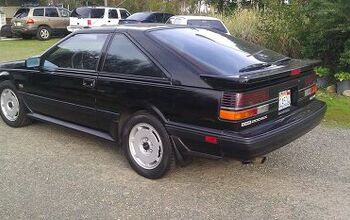


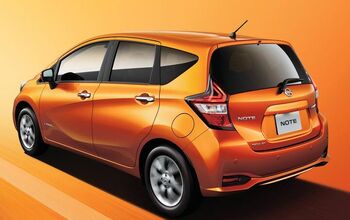
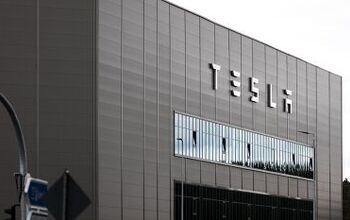
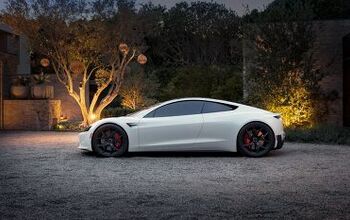
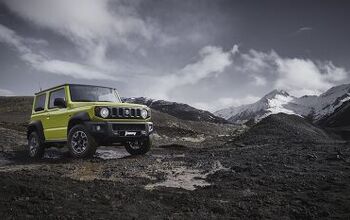
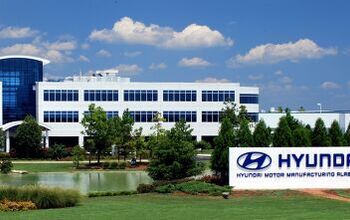
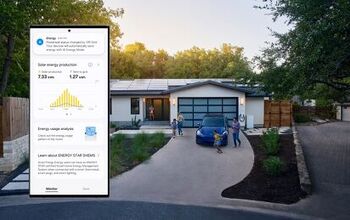
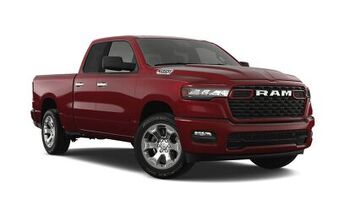
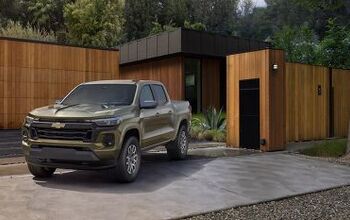
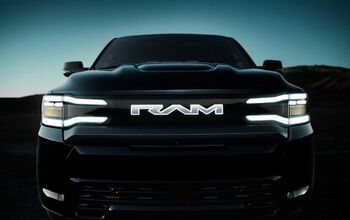
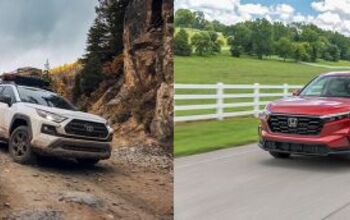
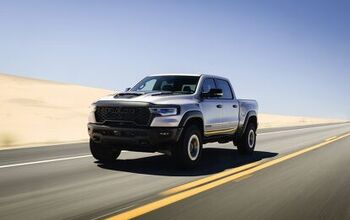
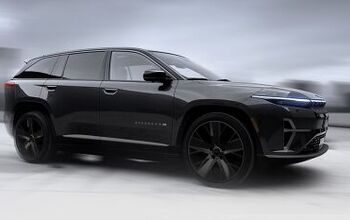

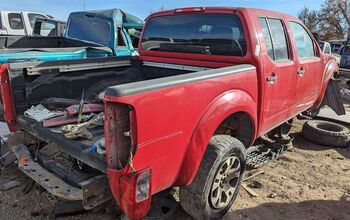
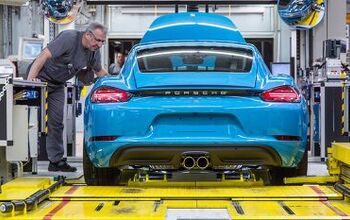
Comments
Join the conversation
Spent a few years on diesel electric submarines and am only surprised that it took so long. I have no insight on why gas versus diesel probably $s are involved. I always bring up the "amazing 75mpg car" that you can find in mother earth magazine archives or just google using the words in quotes. The concept is so simple that I did a class project along that line while still in the working world. Have been a Nissan/Toyota fanboi for years. Glad they are both going to be in the mix.
I've wondered for years if this might be the most sensible configuration. The actual hp you use, averaged over time, is pretty low. It just doesn't take that much power to push a car through the atmosphere at a constant speed - maybe 20 hp for a small car at highway speed. So in theory all you need is an engine that can do a little better than that (divided by the conversion efficiency to electricity, maybe 0.9..it's pretty good) to drive a generator, and a battery big enough to help you up slopes and during acceleration. No mechanical connection between engine and wheels, just a simple electric motor and very simple transmission. High efficiency at low cost. And no range anxiety unless, say, you are traversing a mountain range!